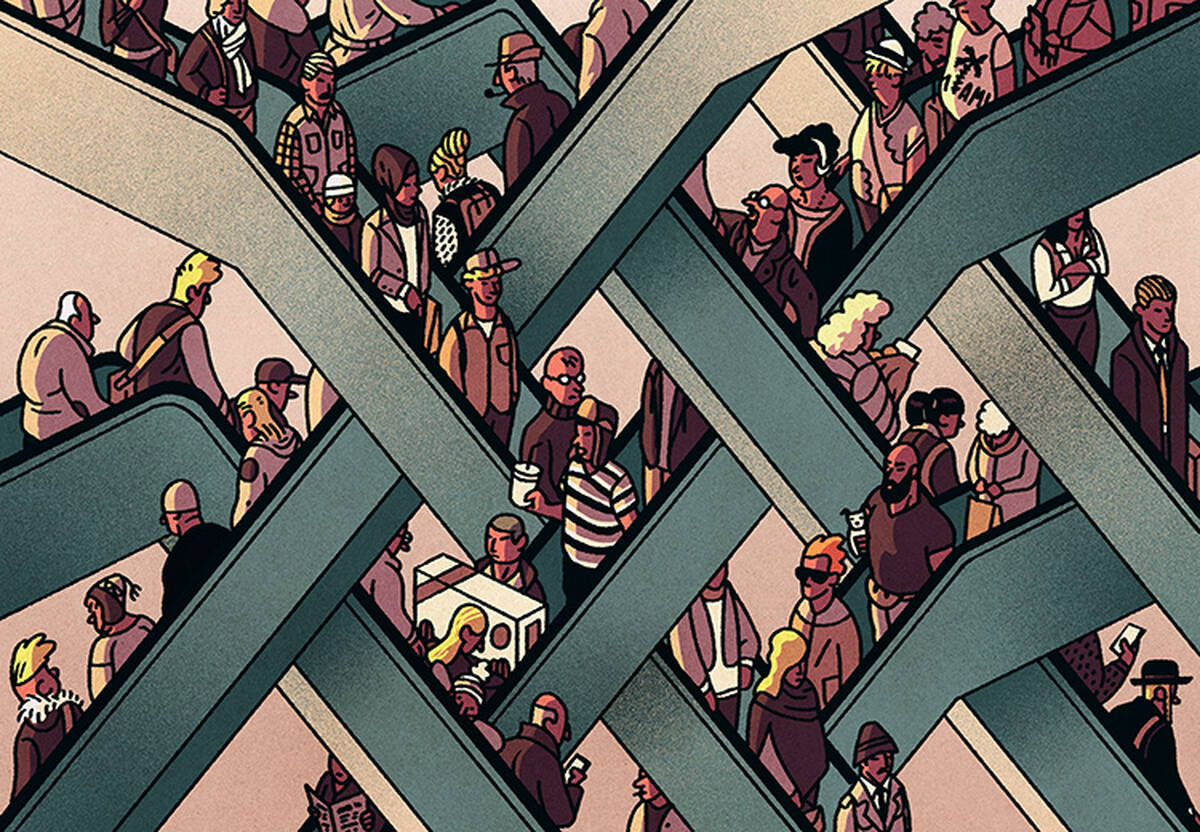Featured Faculty
John D. Gray Professor of Marketing
Professor of Marketing
A. Montgomery Ward Professor of Marketing
John L. and Helen Kellogg Professor of Operations
Professor of Marketing

Michael Meier
The holiday shopping season is here in full force. And whether you are waiting in long checkout lines, browsing thousands of iPhone cases online, or even putting together your own wish list, Kellogg Insight has you covered.
This month, our faculty explain the psychology and economics behind some common holiday shopping scenarios, so you can navigate them with efficiency and cheer.
1. Don’t Let Choice Overwhelm You
Did you start your holiday shopping by plugging “iPhone 6 case” or “infinity scarf” into Amazon? If so, the tens of thousands of search results may have been enough to make you close the tab and save shopping for another day.
“Having a choice is a very basic need,” says Ulf Bockenholt, a professor of marketing at Kellogg. We feel satisfied when we are able to make a choice that is right for us—but there is such a thing as having too many choices.
Bockenholt and his Kellogg colleagues Blakeley McShane and Alexander Chernev recently studied a phenomenon called “choice overload,” the negative psychological, emotional, and behavioral effects of having too many options to choose from. Think “buyers remorse” or “analysis paralysis.”
When are we most likely to experience these negative effects? In two studies, the researchers find that some broad factors can predict choice overload. These include the complexity of the choice set, how much you understand about your own preferences, and the difficulty and type of decision you are making—if you must choose quickly, for instance, or whether you are actually clicking “buy” versus simply putting something in your cart to purchase later.
As a customer, it may not be possible to completely avoid choice overload this time of year. But to ease the stress, do some research to narrow down your options and truly understand your preferences before it’s time to take out your credit card.
If you dare to enter a brick-and-mortar store—or bakery or coffee shop or post office—in December, you may encounter another kind of hassle: lines. Lines are a nearly inevitable result of “system constraints”—constraints in staffing, space, or other resources—on the part of the service provider. It is nearly impossible for businesses, particularly ones that rely on foot traffic, to predict and adapt to ever-changing levels of demand. So we customers get in line.
As Marty Lariviere, a professor and chair of operations at the Kellogg School, puts it, “queuing in many instances is the price we pay to maintain flexibility. If you don’t want to have to schedule every service you might consume ahead of time, you have to accept queuing.”
What can be done by businesses to alleviate frustration when the queues get a little too long? Lariviere explains that many retailers use “pooling,” where a single queue is served by multiple cashiers. This has the advantage of reducing customers’ stress about being stuck in the wrong line. It also increases perceptions of fairness. But if it allows cashiers to slow down a bit, it may not necessarily lead to shorter average wait times.
If you relish hitting up outlet malls to score a perfect gift, you are not alone. Factory outlets are a fast-growing segment of the retail industry.
And while outlet malls may have a bad reputation as a dumping ground for defective goods, it is a reputation that is generally undeserved.
Lakshman Krishnamurthi, a professor of marketing at Kellogg, explains that rather than specializing in defective or otherwise unwanted inventory, outlet stores offer distinct lines of products. “There is vertical differentiation,” he says. “There’s a higher-price and higher-quality option, and then you open an outlet where products are lower price and lower quality.”
And interestingly, research from Krishnamurthi and a colleague finds that rather than turning customers off from brands, shopping those brands at outlet malls seems to encourage customers to visit traditional retailer stores more often.
“Once customers adopt the outlet channel, they increase spending in the retail-store channel,” Krishnamurthi says.
The researchers hypothesize that outlet malls allow customers to become increasingly comfortable with the brand at a lower price point.